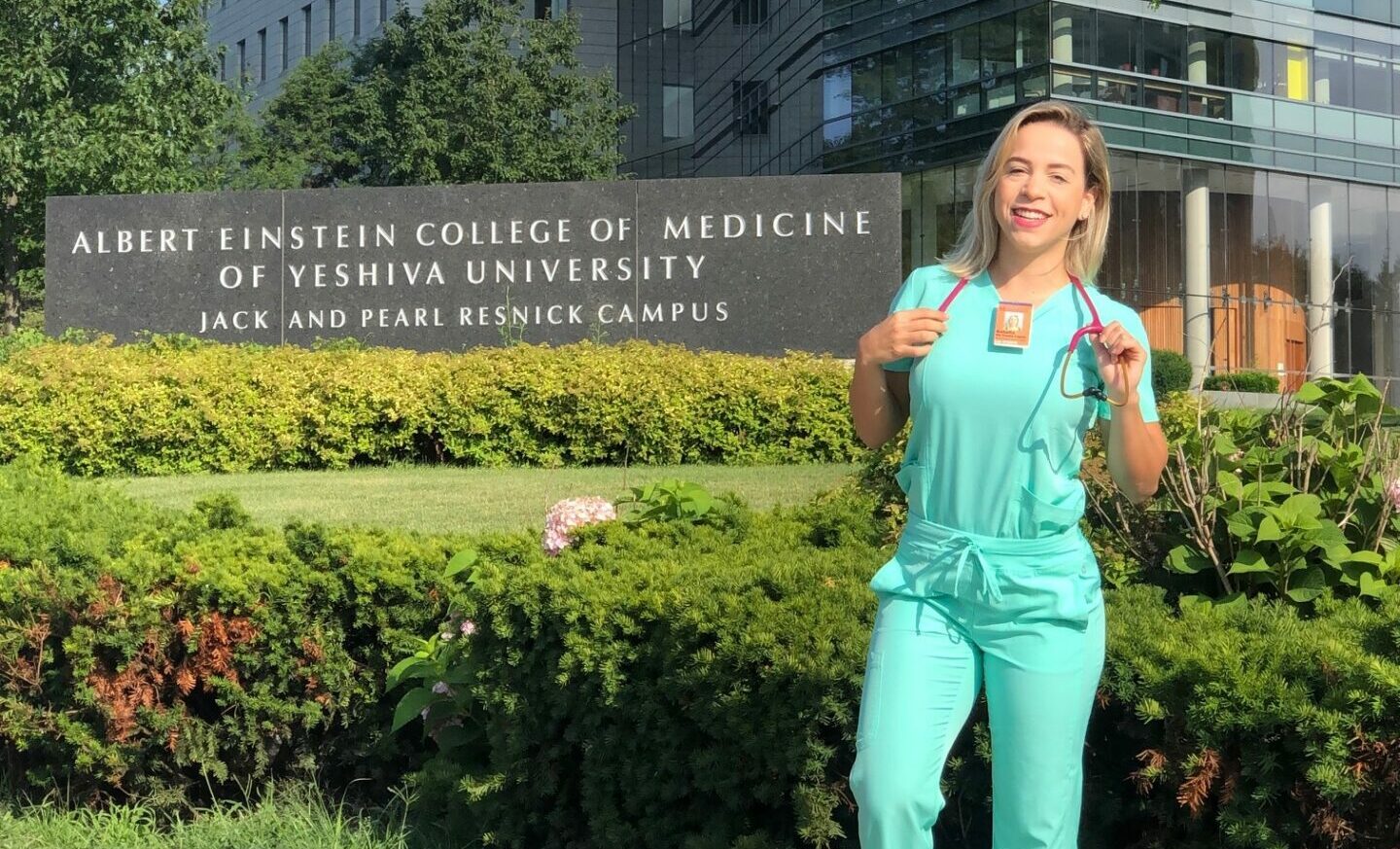An era of an extended physician shortage could be showing signs of improvement. According to a census from the Federation of State Medical Boards (FSMB), the U.S. surpassed one million physicians in 2022, a 23 percent increase from 2010. The FMSB’s census also notes that the physician per capita rate has also improved from 2010 with 313 physicians per 100,000 people–up from 277 in 2010.
Signs of the physician shortage began in the 2000s after a 1980s moratorium on medical school enrollment and development had run its course. Intended to avoid a surplus of physicians in the 1980s and 1990s, the moratorium slowed the number of physicians graduating into the workforce. However, there was no transition out of the moratorium, and by the turn of the century, experts in the healthcare field began to recognize the signs of a coming shortage. This included the AAMC, who, in 2006, called for a 30 percent increase in medical school enrollment by 2015.
A Turning Point?
Although the AAMC’s goal was not met in 2015, it was met shortly after in the 2018-19 school year and surpassed the following year. Combined with DO-granting schools, enrollment in U.S. medical schools has grown 52 percent since 2002 (the year the AAMC used as it’s baseline). While these cohorts of students are nearing the end of medical school or just entering their residency, the growth in enrollment over the past two decades has been steady, which has led to a steady increase in the number of physicians entering the workforce each year.
However, a number of other factors are also contributing to this milestone. As a field, medicine is becoming more accessible to racial and gender minorities. The start of the 2021-22 school year saw a strong increase in the matriculation of black, Hispanic, and Asian students into U.S. medical schools over the previous year. The number of women matriculates surpassed men for the first time in 2019, and the percentage of women physicians is up to 37 percent (compared to 30 percent in 2010).
The U.S. healthcare workforce has also taken measures to reduce barriers for internationally-trained physicians. In the spring of 2021, Washington governor Jay Inslee signed a law that allows international medical graduates (IMGs) to seek renewable, two-year medical licenses, which allows them to work as doctors assuming they meet certain criteria. This bill led the way way for a similar law proposed, but not passed, in Arizona, and two recently passed laws in Tennessee and Alabama. Today one-in-five U.S. physicians is internationally trained, according to the AAMC.
Room for Growth
Despite surpassing the one million physicians benchmark, there is still a lot of work left to do in overcoming the causes of the physician shortage. For the most part, although not exclusively, the focus remains a domestic issue.
According to a September 2020 report by the AAMC, more than 60 percent of MD-granting schools remain concerned about the availability of residency positions. As well, that same report cites concern about clinical site availability and availability of preceptors as current teaching physicians retire.
This creates two bottle necks within the medical education system. First, higher enrollment creates a higher demand for training sites as availability of these sites simultaneously diminishes. Schools are left competing with each other, and with other healthcare fields such as PAs and NPs, for a shrinking pool of available preceptors.
Secondly, despite the growth in medical school enrollment, the federal cap on GME positions has been in place since 1996. In 2021, the U.S. passed the Resident Physician Shortage Reduction Act, which will create 2,000 new residency positions across the next seven years with 2023 being the first year hospitals were allowed to expand their residency spots. However, this number is still greatly outpaced by enrollment.
To help overcome these bottle necks, an increasing number of U.S. schools are choosing to work with clinical training site providers like AMOpportunities to access clinical training sites that support their current offerings and meet their curriculum needs.
With higher enrollment is your school facing a clinical site shortage? Learn more about the benefits of an AMO partnership at amopportunities.org/schools and connect with our team.







Leave A Comment